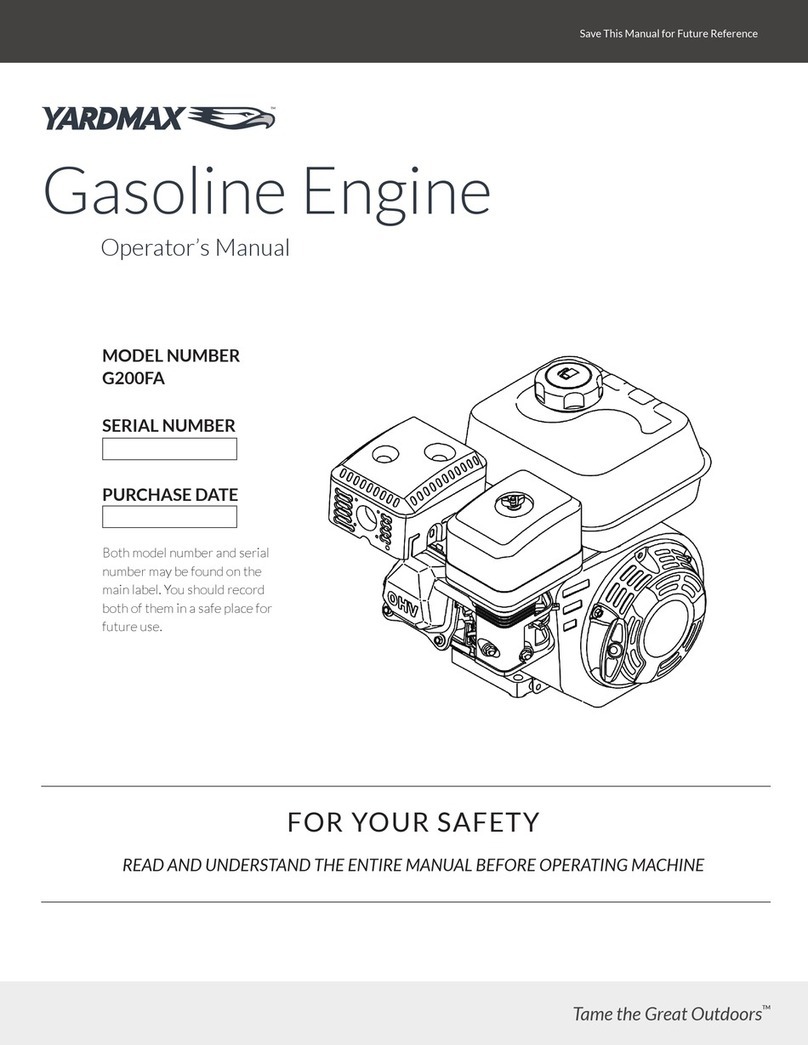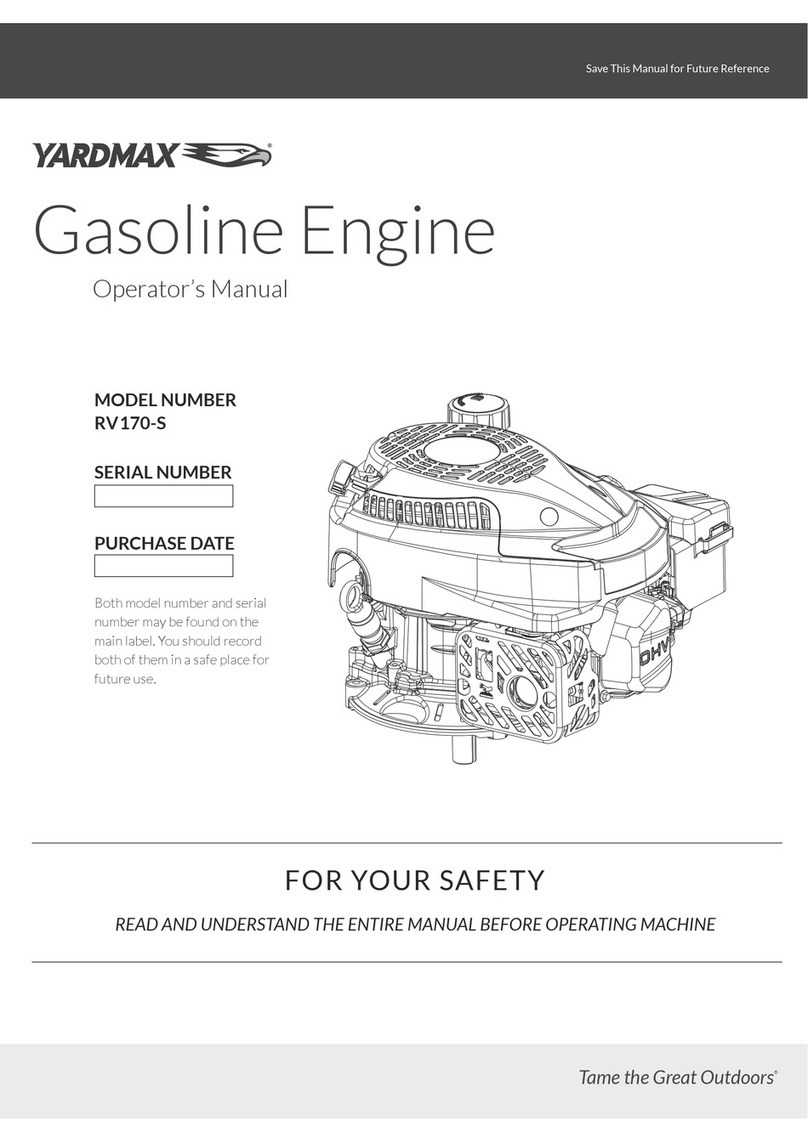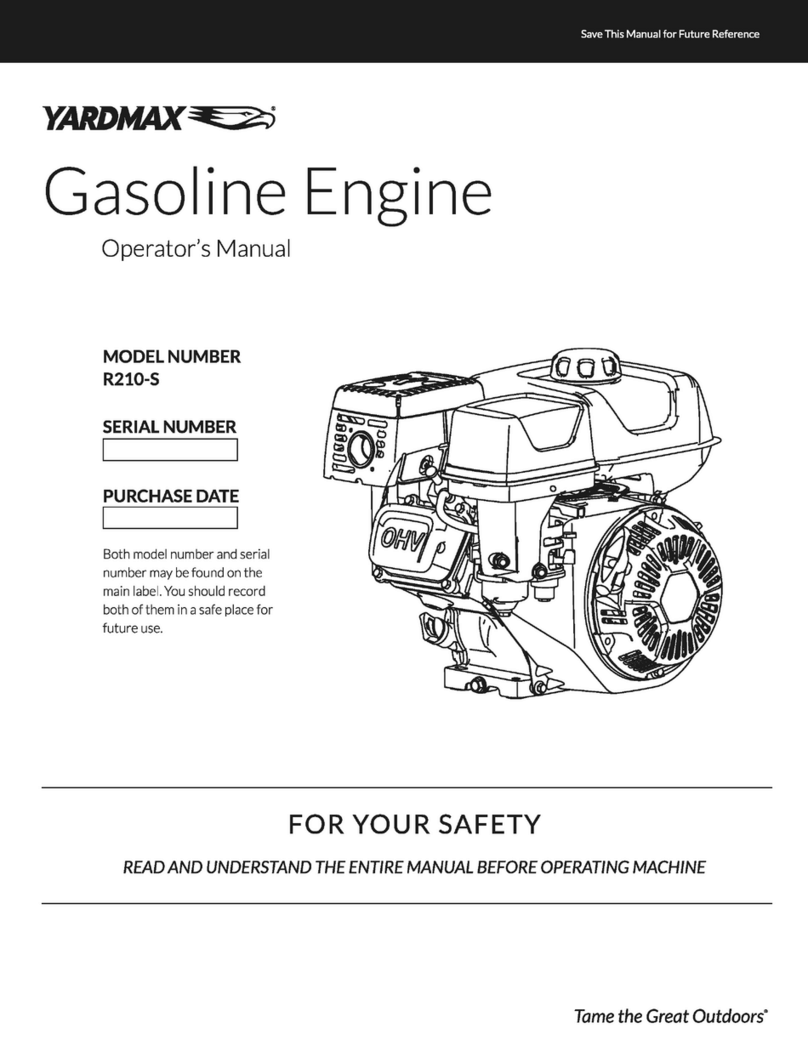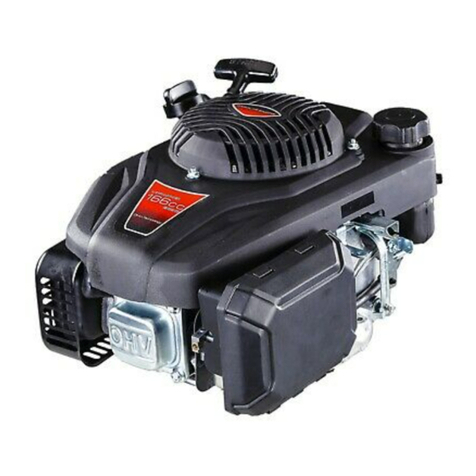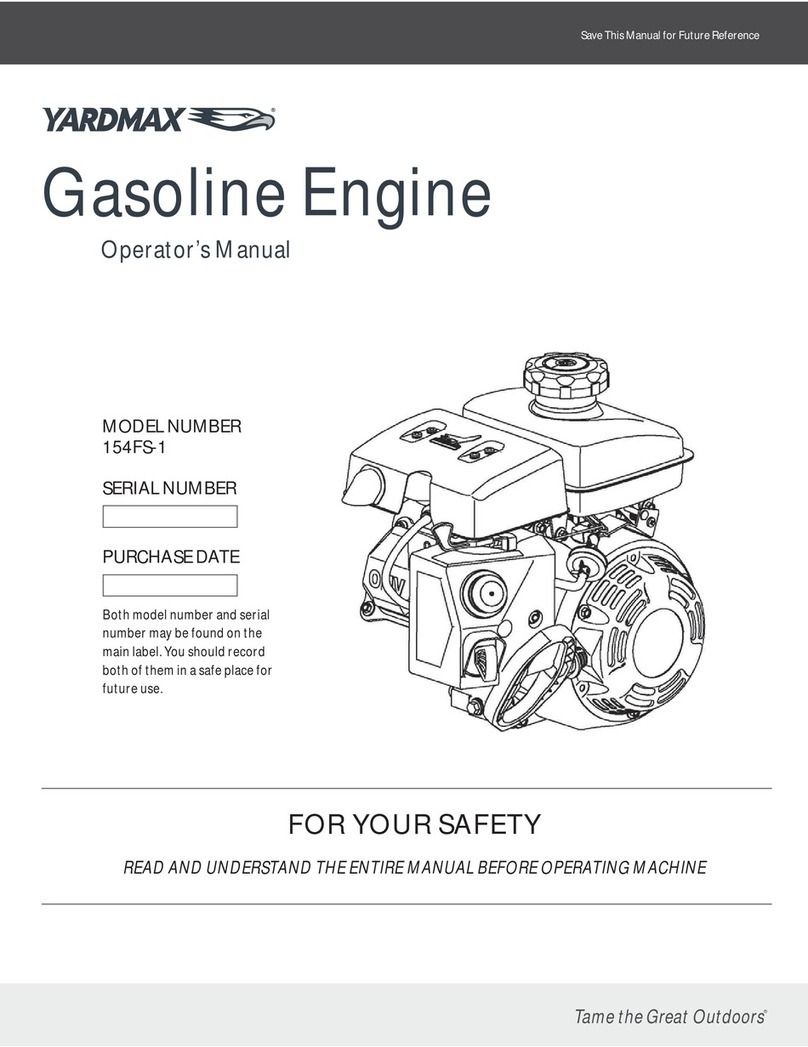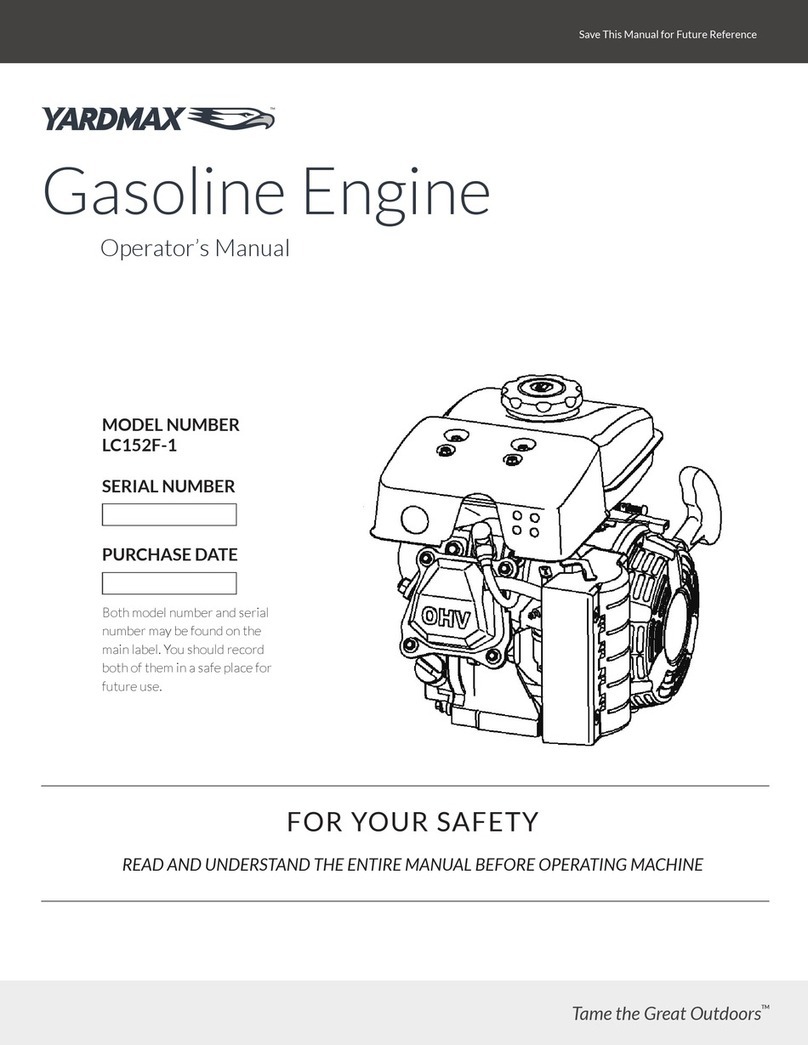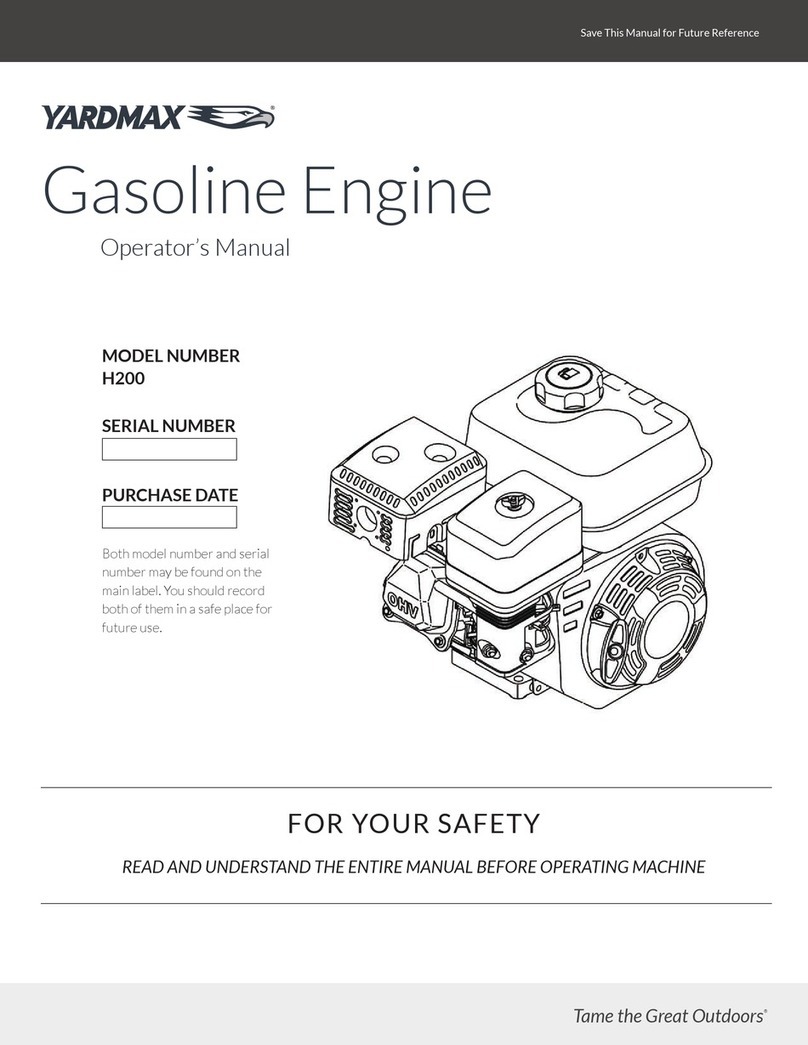
THE IMPORTANCE OF MAINTENANCE
MAINTENANCE SCHEDULE
SAFETY PRECAUTIONS
Good maintenance is essential for safe, economical, and trouble-
free operation. It will also help reduce air pollution.
Make sure the engine is off before you begin any maintenance
or repairs. This will eliminate several potential hazards:
Carbon monoxide poisoning from engine exhaust.
Be sure there is adequate ventilation whenever you operate
the engine.
Burns from hot parts.
Let the engine and exhaust system cool before touching.
Injury from moving parts.
Do not run the engine unless instructed to do so.
Read the instructions before you begin, and make sure you
have the tools and skills required.
To reduce the possibility of re or explosion, be careful when
working around gasoline. Use only a nonammable solvent,
not gasoline, to clean parts. Keep cigarettes, sparks and ames
away from all fuel-related parts.
Remember that your servicing dealer knows your engine best and
is fully equipped to maintain and repair it.
To ensure the best quality and reliability, use only new, genuine
parts or their equivalents for repair and replacement.
To help you properly care for your engine, the following pages
include a maintenance schedule, routine inspection procedures,
and simple maintenance procedures using basic hand tools. Other
service tasks that are more difcult, or require special tools, are
best handled by professionals and are normally performed by a
technician or other qualied mechanic.
The maintenance schedule applies to normal operating conditions.
If you operate your engine under unusual conditions, such as
sustained high-load or high-temperature operation, or use in
unusually wet or dusty conditions, consult your servicing dealer
for recommendations applicable to your individual needs and use.
Mission-related items.
*These items should be serviced by your servicing dealer unless you have the proper tools and are mechanically procient.
MAINTENANCE
Warning!
Improperly maintaining this engine, or failure to
correct a problem before operation, can cause a
malfunction in which you can be seriously hurt or
killed. Always follow the inspection and maintenance
recommendations and schedules in this owner’s
manual.
REGULAR SERVICE PERIOD Each use First month
or 20 Hrs.
Every 3
months or
50 Hrs.
Every 6
months or
100 Hrs.
Every year
or
150 Hrs.
Engine oil
Check level
Change
Sediment Cup Clean
Spark plug Clean Replace
Valve clearance Check-Adjust *
Cover comp head Clean After every 150 Hrs.*
Fuel tank and fuel lter Clean Every 2 years (Replace if necessary)*
Fuel line Check Every 2 years (Replace if necessary)*
9
|
Maintenance
